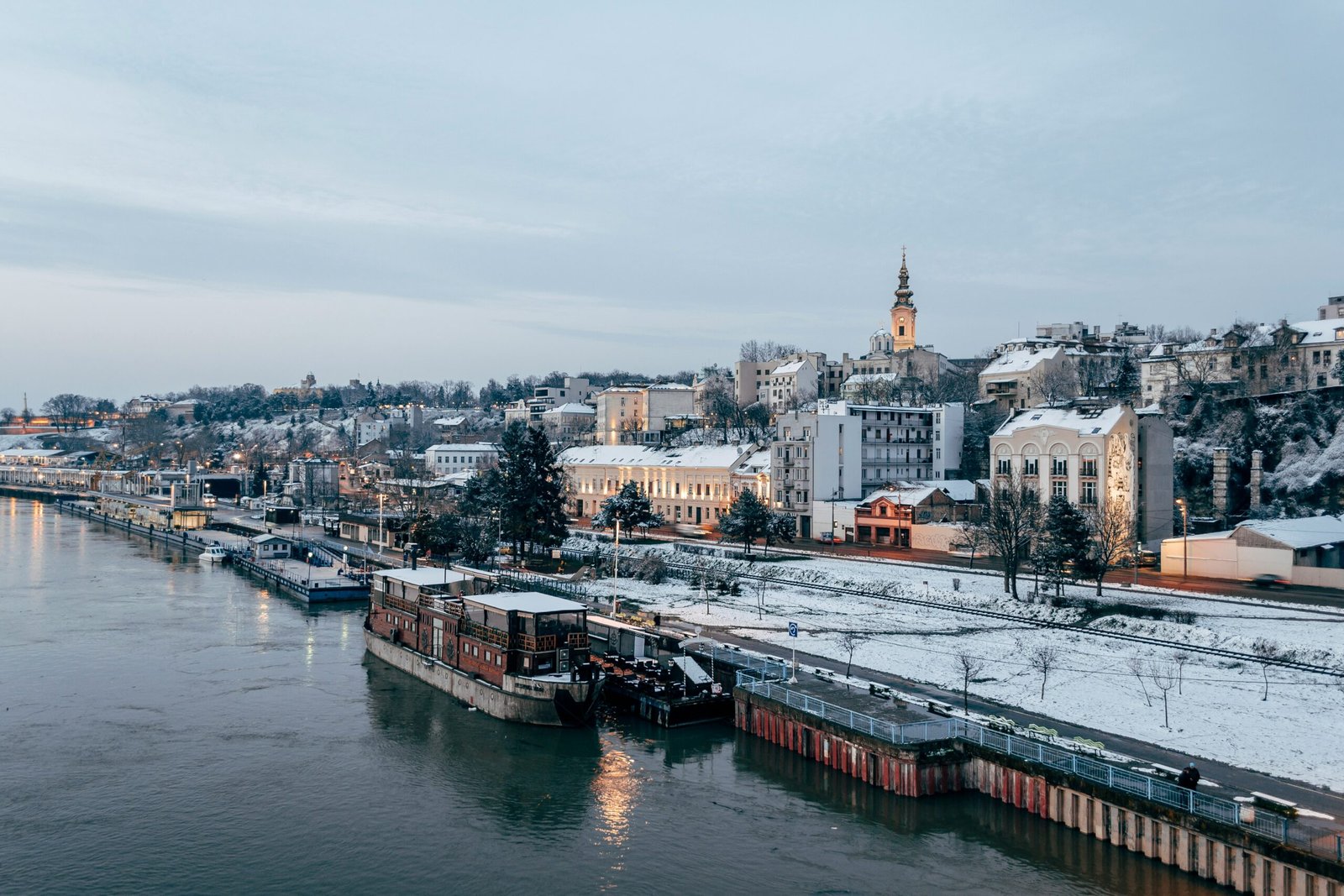Introduction
Welcome to Serbia, a charming country located in the heart of the Balkans. With its rich history, diverse landscapes, and warm hospitality, Serbia offers a unique experience for visitors from all around the world. Whether you are planning to visit, stay, work, study, or do business in Serbia, this guide will provide you with all the essential information you need.
Location and Surface Area
Serbia is situated in Southeast Europe, bordered by eight countries including Hungary, Romania, Bulgaria, North Macedonia, Croatia, Bosnia and Herzegovina, Montenegro, and Albania. With a total surface area of approximately 88,000 square kilometers, Serbia offers a diverse landscape that ranges from fertile plains to rugged mountains.
Climate
Serbia has a continental climate with four distinct seasons. Summers are warm and sunny, with temperatures ranging from 25°C to 35°C (77°F to 95°F). Winters can be cold, with temperatures dropping below freezing and occasional snowfall. Spring and autumn are mild and pleasant, making them ideal seasons to explore the country.
Richness in Fauna and Flora
Serbia is home to a diverse range of flora and fauna. Its national parks, such as Djerdap and Tara, offer breathtaking landscapes and provide habitats for various plant and animal species. From dense forests to rare bird species, Serbia’s natural beauty will captivate nature enthusiasts.
Attractions
Serbia boasts a wealth of cultural and historical attractions. The capital city, Belgrade, is a vibrant metropolis where ancient fortresses coexist with modern architecture. Other must-visit destinations include Novi Sad, known for its lively music festivals, and Nis, with its rich Roman heritage. Don’t miss the opportunity to explore the stunning monasteries of Studenica and Sopocani, both UNESCO World Heritage Sites.
Population
Serbia has a population of approximately 7 million people. The country is known for its cultural diversity, with various ethnic groups living together harmoniously. Serbian hospitality is renowned, and visitors can expect a warm welcome wherever they go.
Currency
The official currency of Serbia is the Serbian Dinar (RSD). It is recommended to exchange your currency to dinars upon arrival, as it is the widely accepted form of payment throughout the country. ATMs are widely available, and credit cards are accepted in most establishments.
Visa
Visitors from many countries do not require a visa to enter Serbia for short stays. However, it is advisable to check the visa requirements based on your nationality before traveling. For longer stays or specific purposes such as work or study, it is necessary to obtain the appropriate visa prior to arrival.
Official Languages
The official language of Serbia is Serbian. However, English is widely spoken, especially in tourist areas, hotels, and restaurants. You will have no trouble communicating with the locals, as they are generally friendly and eager to assist.
Culture and Customs
Serbia has a rich cultural heritage influenced by its location at the crossroads of different civilizations. Traditional customs, music, dance, and cuisine are an integral part of Serbian culture. The country celebrates various festivals and events throughout the year, offering visitors a chance to immerse themselves in the vibrant local traditions.
Hospitality
Serbian hospitality is legendary. Visitors can expect warm and genuine hospitality from the locals, who are known for their friendliness and helpfulness. Whether you need directions, recommendations, or assistance, the people of Serbia will go out of their way to make you feel welcome.
Main Cities
In addition to Belgrade, Novi Sad, and Nis, Serbia has several other notable cities worth exploring. These include Subotica, known for its beautiful Art Nouveau architecture, and Kragujevac, with its rich industrial history. Each city has its own unique charm and attractions, offering visitors a chance to experience different aspects of Serbian culture.
Airports and Airlines
Serbia is well-connected to the world through its international airports. The main airport is Belgrade Nikola Tesla Airport, which serves as a hub for numerous international and domestic flights. Other airports, such as Nis Constantine the Great Airport and Pristina International Airport, offer additional options for travelers.
Conclusion
Whether you are drawn to Serbia’s rich cultural heritage, stunning natural landscapes, or warm hospitality, this country has something to offer everyone. From exploring ancient fortresses to indulging in delicious local cuisine, Serbia promises an unforgettable experience. Plan your visit, stay, work, study, or business trip to Serbia, and let this captivating country leave a lasting impression on you.

